Synthetic Pathways For Drugs
Synthetic Pathways For Drugs Is A Process Of Synthesizing Drugs From Naturally Derived Compounds. The Drugs Are Synthesized From Both Natural And Synthetic Sources, Depending On The Desired End Product. Depending On The Desired End Product, Synthetic Pathways Can Vary In Complexity And May Include Multiple Steps. Synthetic Pathways Typically Start With An Activated, “Functionalized” Molecule. This Molecule Is Typically A Starting Material For A Reaction Sequence That Produces The Desired Drug Or Pharmaceutical Compound. Activating A Molecule Via Various Chemical Transformations Such As Acylation, Alkylation, And Functionalization Helps Pattern The Structure For The Desired Drug Synthesis. The Chemical Synthesis Of A Drug Is A Complex Process That Involves The Synthesis Of Several Different Components Or Elements And Then Combining Them In The Desired Sequence. This Is Done By Combining Molecules To Form Larger Compounds That Have Specific Structures And Desired Properties. This Process Is Then Repeated Throughout The Entire Drug Synthesis. The Desired End Product Is Then Typically Purified Using Chromatographic Methods To Obtain The Pure Desired Product. Synthetic Pathways Can Also Be Used To Modify Drugs To Enhance Their Effectiveness Or To Reduce Toxicity. In Such Instances, Natural Compounds May Be Reacted With Chemicals To Create New Molecular Structures That Are More Effective As Drugs. The Process Of Drug Modification Allows Scientists To Tailor The Drug To The Specific Condition It Is Meant To Address. Synthetic Pathways Are Necessary For Producing Useful Ingredients And Medicines From Natural Sources. They Allow Drugs To Be Manufactured In Large Quantities Quickly And In A Cost-Effective Manner. This Reduces The Amount Of Time And Money Involved In Drug Discovery And Increases The Potential For Wider Access. Synthetic Pathways Also Allow Researchers To Create Novel Molecules, Formulations, And Delivery Systems That Make The Delivery And Efficacy Of Drugs Even More Precise.
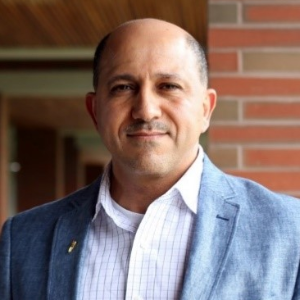
Hossam A Gabbar
Ontario Tech University, Canada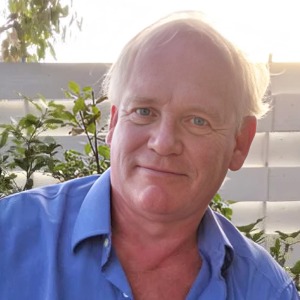
Victor John Law
University College Dublin, Ireland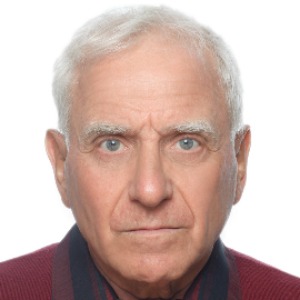
Alexander Bagaturyants
National Research Nuclear University MEPhI, Russian Federation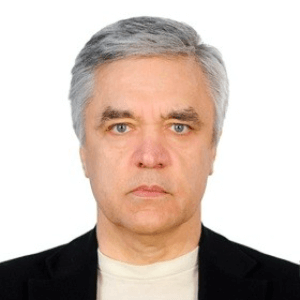
Sergey Suchkov
N.D. Zelinskii Institute for Organic Chemistry of the Russian Academy of Sciences, Russian Federation
Shree Niwas Chaturvedi
Centre for Aptitude Analysis and Talent Search, India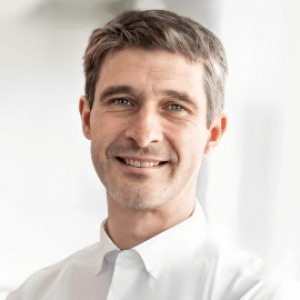
Pieter Samyn
SIRRIS, Belgium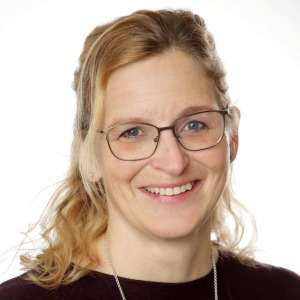
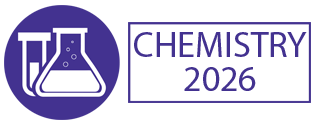



Title : Advances in plasma-based radioactive waste treatment
Hossam A Gabbar, Ontario Tech University, Canada
Title : Unraveling the ultrastructure and functions of the neuronal membrane skeleton using super-resolution fluorescence microscopy
Zhou Ruobo, Djillali Liabes University of Sidi Bel Abbes, Algeria
Title : Solar box cooker dehydration, and relative humidity endpoint detection, of lamiaceae culinary leaves on the island of Crete
Victor John Law, University College Dublin, Ireland
Title : Nutrient and heavy metal loads from the Ribeiras to Coastal zones: A land-ocean continuum perspective in Madeira Island
Aracelis Del Carmen Narayan Rajnauth, University of Porto, Portugal
Title : Prospective polyoxometalate-based covalent organic framework heterogeneous catalysts
Arash Ebrahimi, Comenius University Bratislava, Slovenia
Title : Eliminating implant failure in humans with nano chemistry: 30,000 cases and counting
Thomas J Webster, Brown University, United States